Outdoor Gardens,
Lobby + Gift Shop
April - September
10 am – 6 pm daily
October - March
10 am – 4 pm daily
Bolz Conservatory
Closed March 11 - June 14 for Planned Maintenance
Schumacher Library
Permanently Closed
April - September
10 am – 6 pm daily
October - March
10 am – 4 pm daily
Closed March 11 - June 14 for Planned Maintenance
Permanently Closed
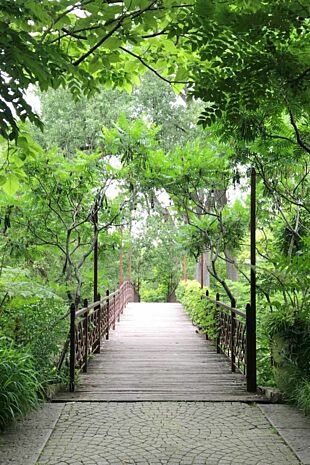
Plants are great, but it's the people that make our garden special.
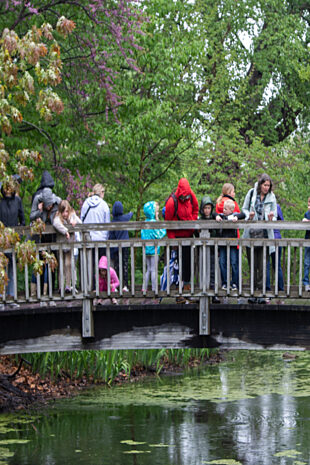
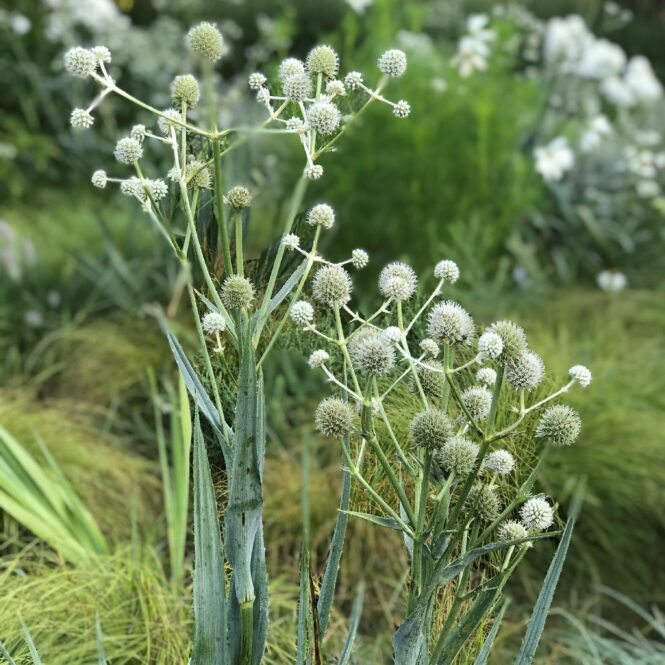
Eryngium has many prairie-loving features including a tall stature and a deep taproot, plus the need for full sun and dry to poor soil quality. But, what sets this plant apart from other native prairie plants is its unique flower structure, a bristly light green “cone.”
Flowering with light pink stamens only the most observant garden visitors notice in early summer, by midsummer the blooms mature to light green and attract an abundance of pollinators. These pollinators go on to enjoy the tall hollow stems that act as homes, if left to stand through the fall and winter months. The stems are sturdy and add picturesque winter interest, holding little caps of snow atop each of its bristly blooms.
Come springtime, the pollinators in the Eryngium stems emerge from their slumber, and a light green rosette of strappy green foliage pokes its way out of the ground. If the conditions are just right, spring might also bring with it a surprise of additional seedlings, as the rattlesnake master seeds happily in ideal conditions. The more the merrier for the tall, slender Rattlesnake Master.
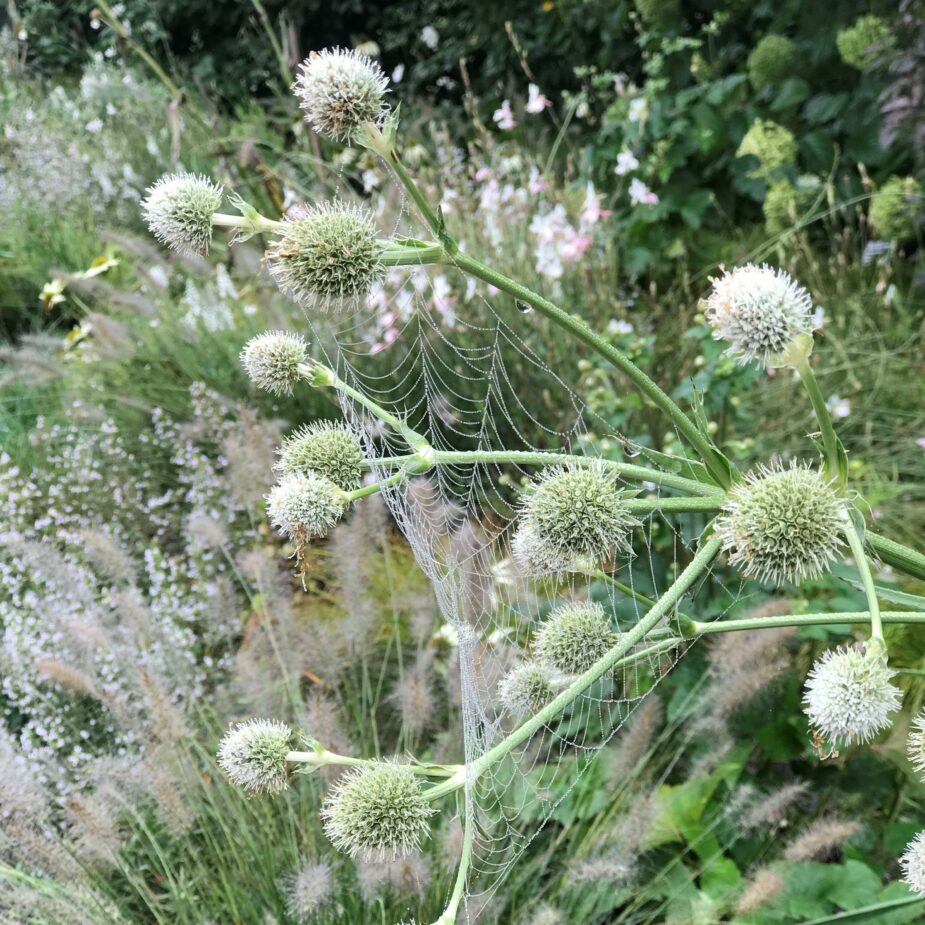
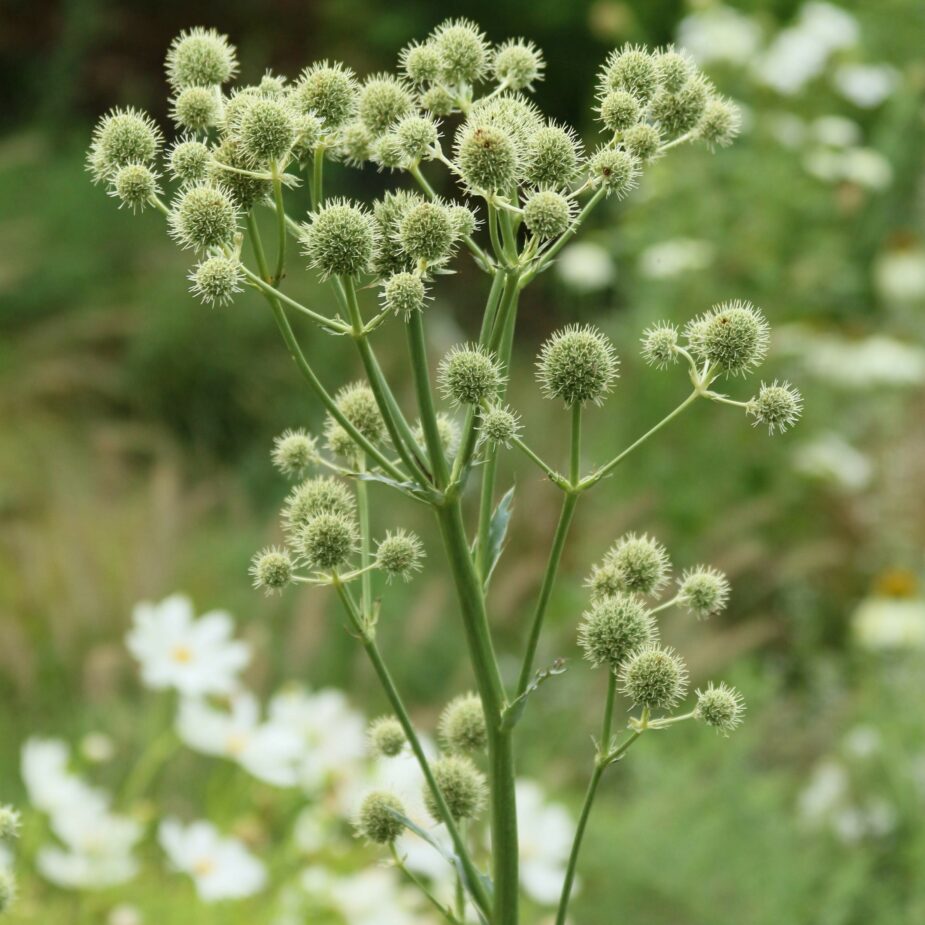
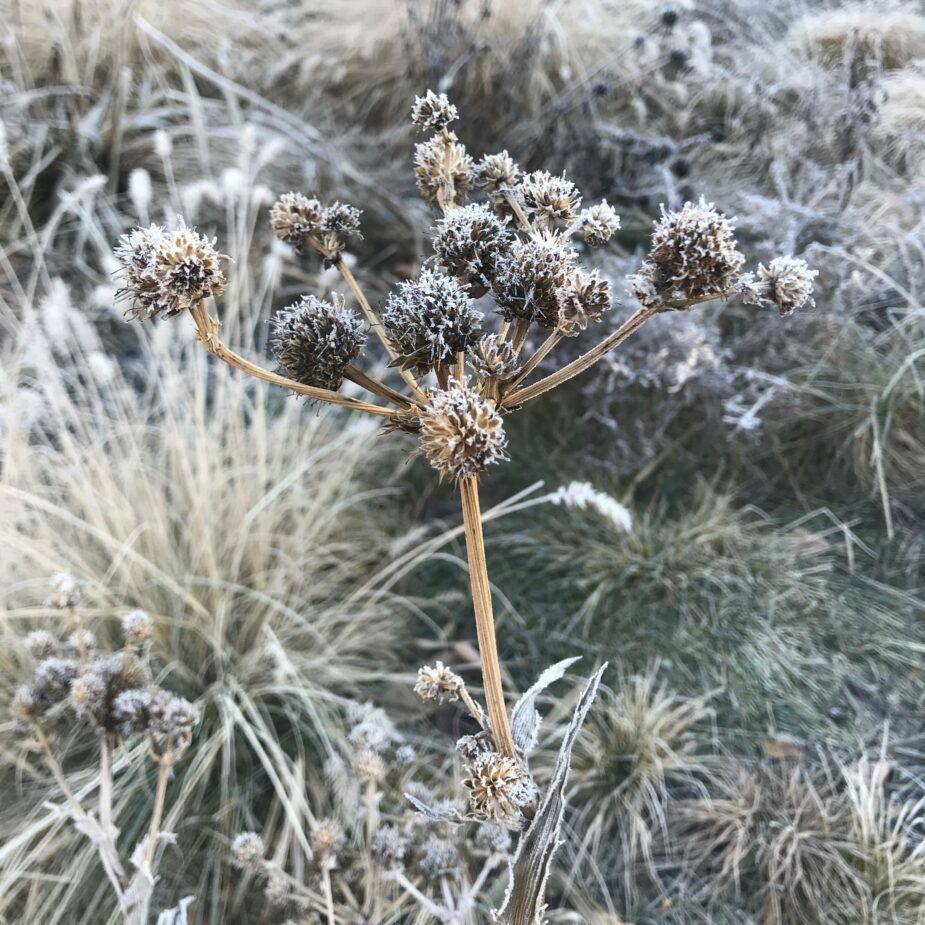
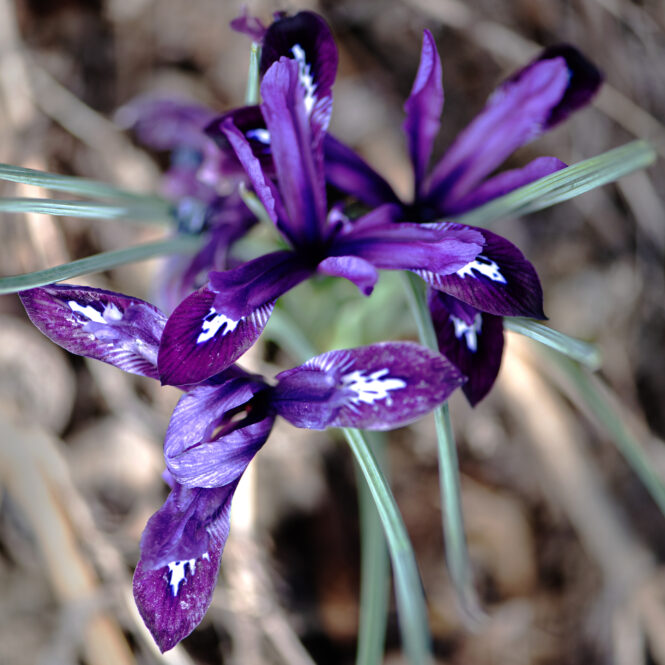
Spring in Wisconsin may not be for everyone, but we’re working on gaining converts. Check out our Top 5 insider tips on how to learn to love spring in the gardens.
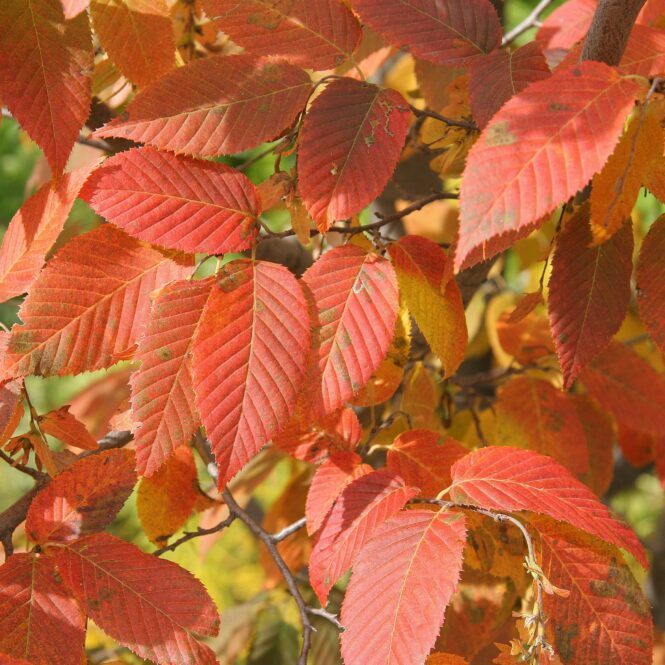
This small, native, understory tree can be found naturally in moist, deciduous woods. It has an attractive, rounded form and could be planted as a specimen tree for shady sites in a landscape.
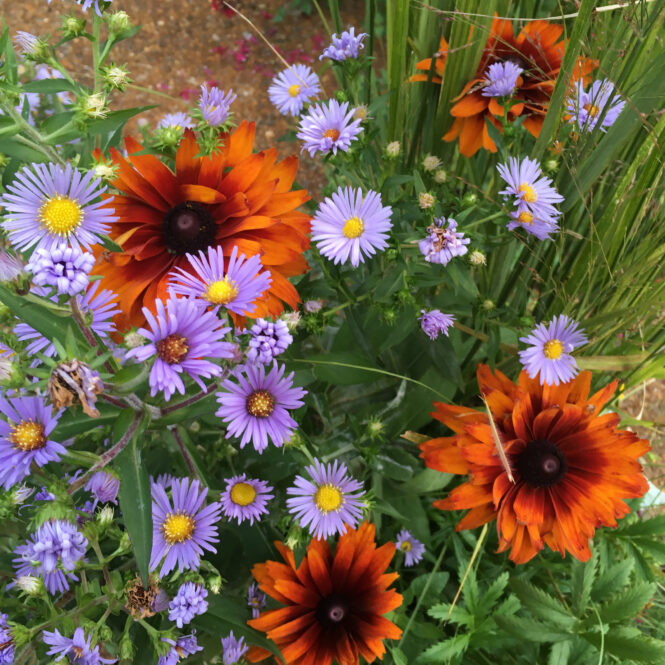
Spring is the time to plan for floral and foliage color to keep your garden engaging until the first frosts and beyond.